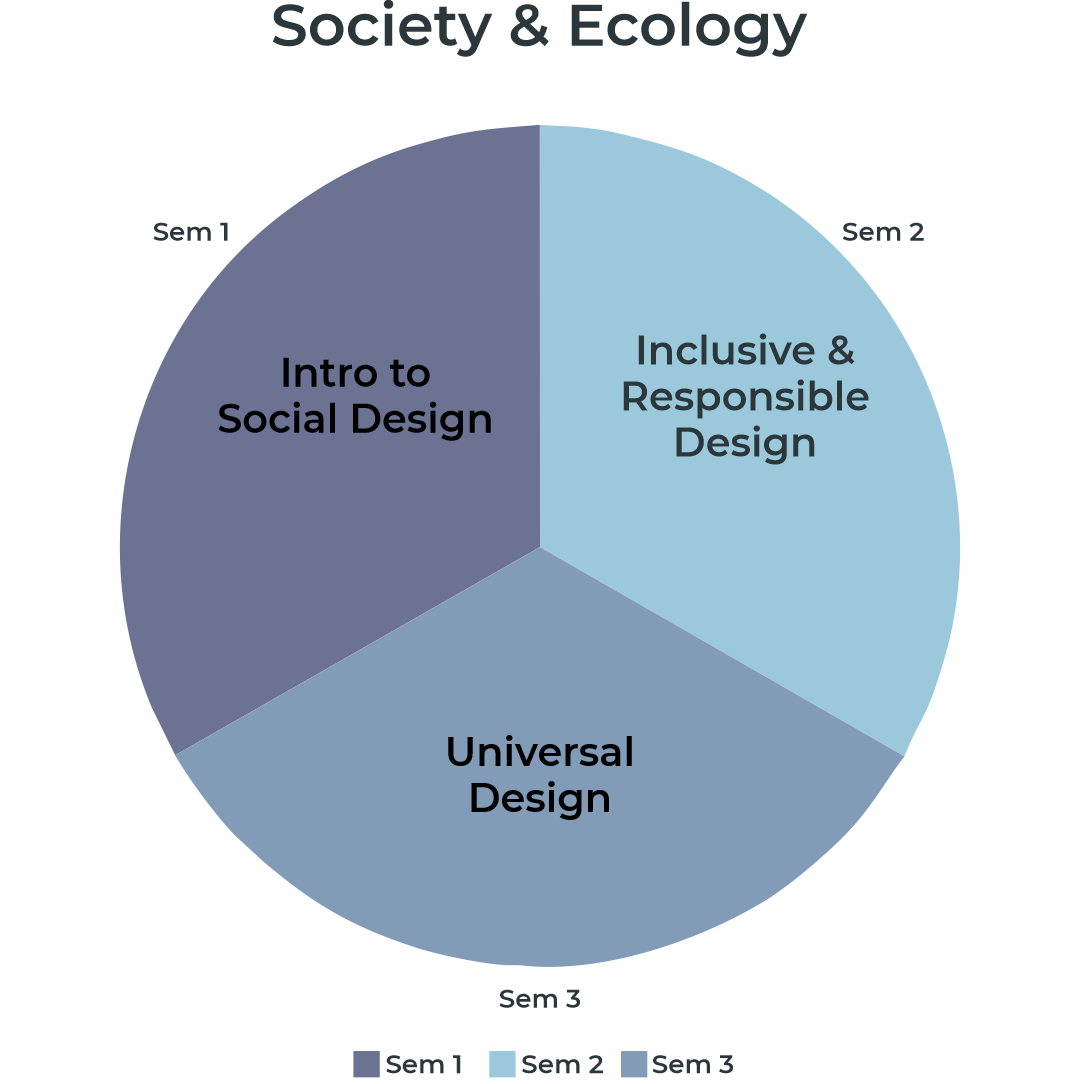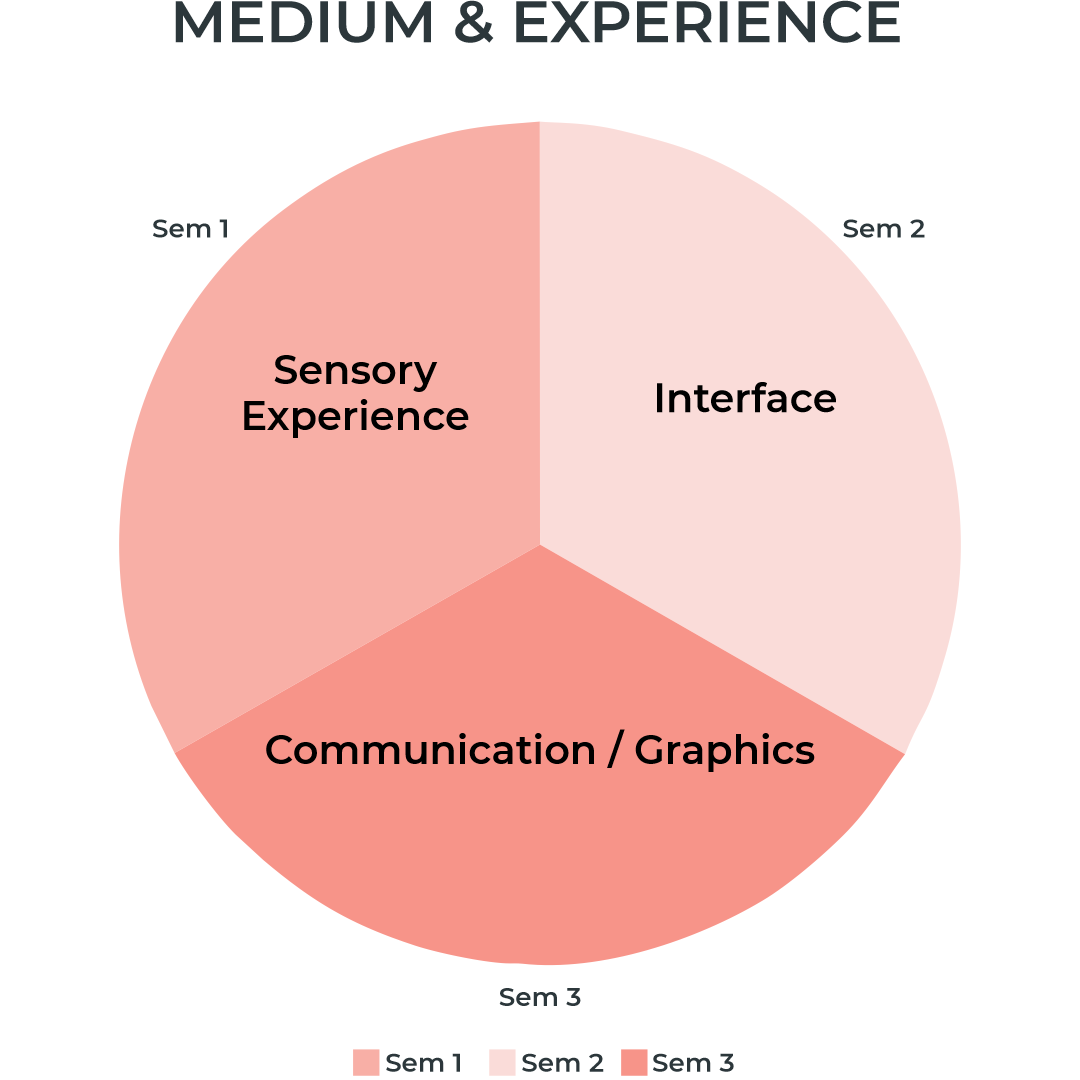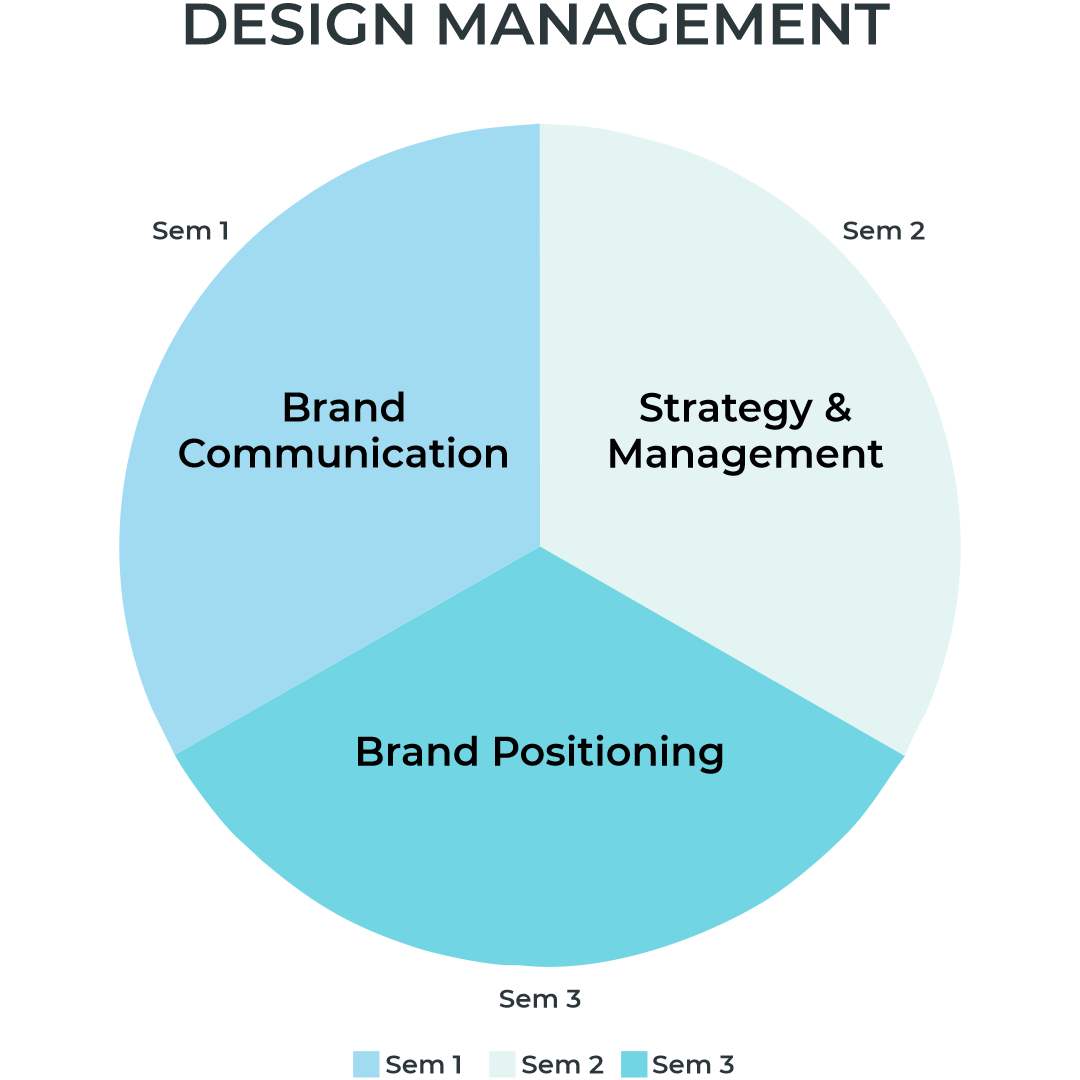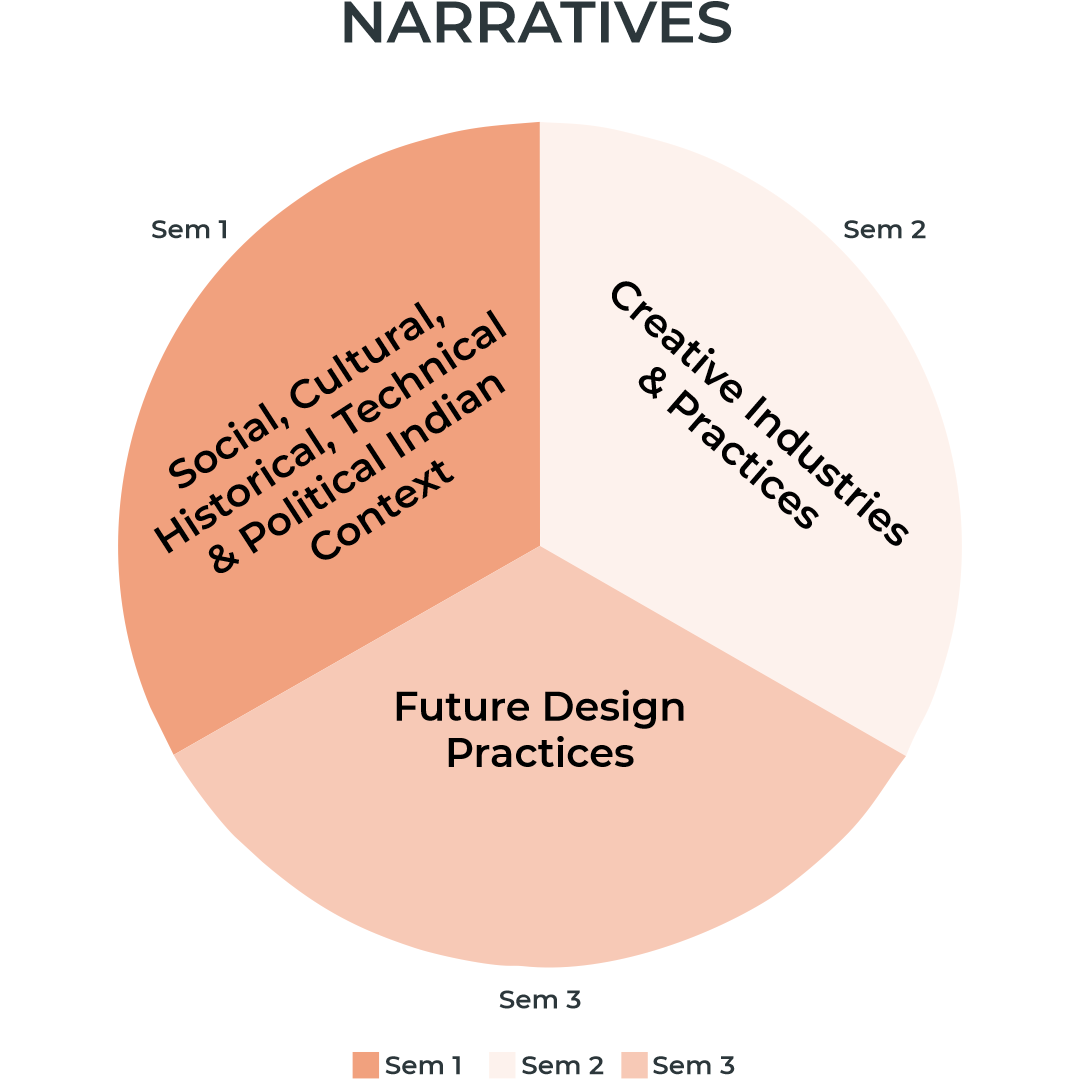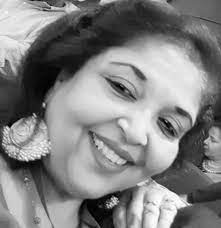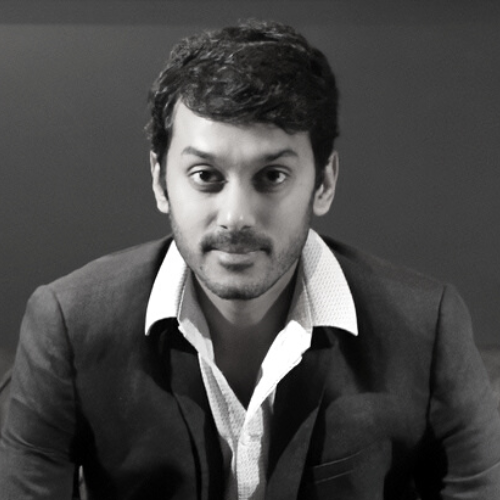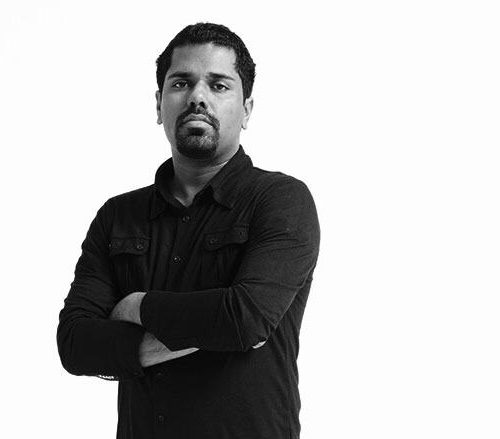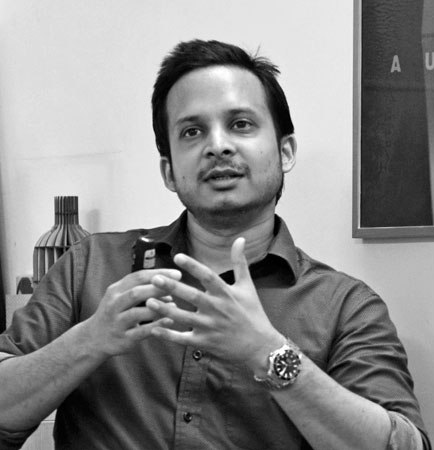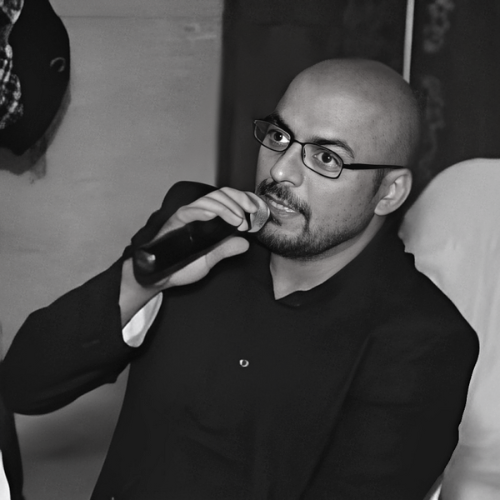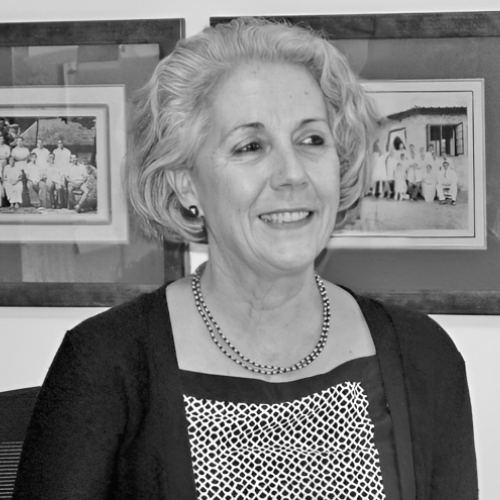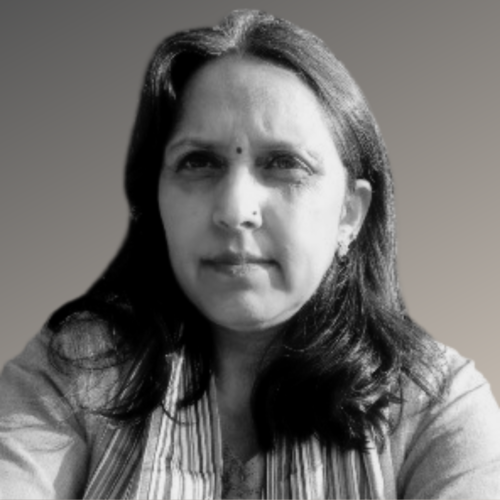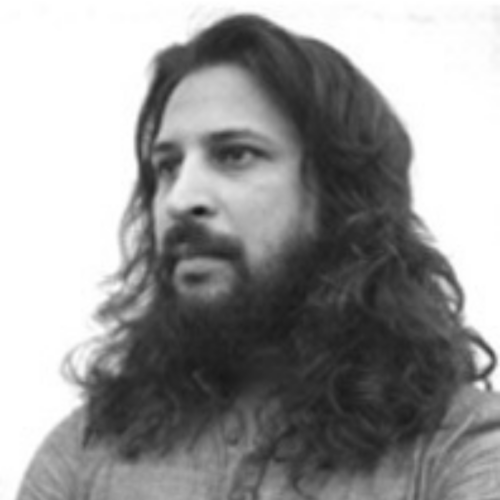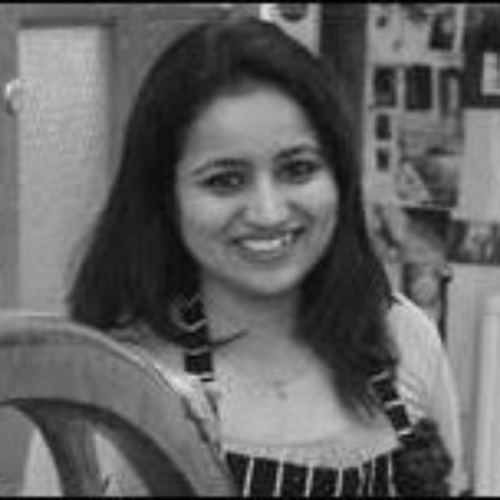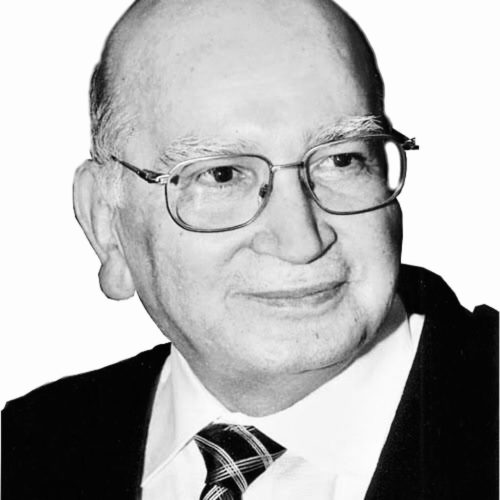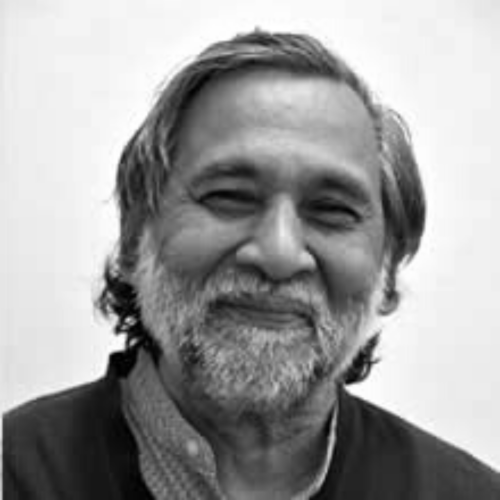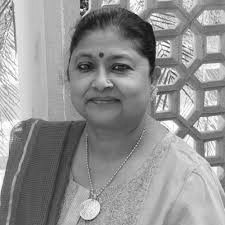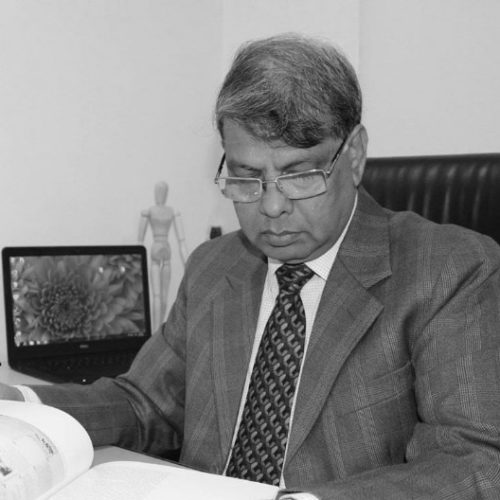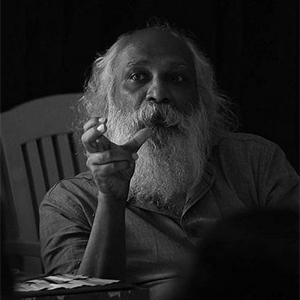Communication Design is the study of expressing information through visual design. It involves various formats of media such as printed, crafted, electronic media or presentations to communicate with people.
Communication Designers develop the relationship between the viewer and visuals.
INTRODUCTION TO COMMUNICATION DESIGN – CULTURE & SUBCULTURE
In this course, students learn the basic concepts of visual communication focusing on conceptual development, technique, and design tools. This course provides an in-depth study of graphic design principles and their applications to the industry. Students learn to use motion graphics as a medium for experimentation and communication. They study motion and interactivity in the context of aesthetic, cultural, historical and critical issues.
Students learn essential design processes and techniques in their exploration of time-based media both as a tool and as a medium for evolving designers.
The student will be able to understand the principles of graphic design, their applications, and understand the graphics/motion in terms of our society today.
COMPUTER GRAPHICS – This course helps students explore spaces, volume, form, and movement. It teaches student radii manipulation, form transition, and morphology. It highlights the character of a film through development, modelling, and animation and develops character structure employing rigging, skeletons, deformers, and scripting. Students learn how to combine the principles of traditional and modern 3-D graphics. They learn to represent objects and spaces using drawing and computer graphic tools and techniques.
On completion of this course, the student will be able to:
- Identify design elements, features, and principles for a 2D/3-D design
- Create and animate 2D and 3-D objects
- Identify materials and lighting for an Advertisement
LIGHT, COLOUR AND DESIGN – Students learn to make visual observation through the study of colour and composition. Students analyse the cultural, social and psychological implications of colour in everyday life. Colour interactions such as Relativity, the Illusion of Transparency, the Bezold Effect, Redistribution and Contrasts of Extension, Clash, Vibration and Spread) are thoroughly studied through a series of projects culminating in a final that focuses on the use of colour in each student’s specific discipline. Students will have developed aesthetic sensibilities and will be able to use various media tools for communicating visually by applying design, colour and concept with purpose.
PUBLICATION DESIGN – This course aims to teach students of the design industry surrounding publication media such as magazines, newspapers, books, and others. The course covers format, identity, audience, content development, and emerging formats, and concentrates on skills in typography, layout, and photo editing. Students learn to take a look from beginning to end without changing the essence of it. They learn to develop a style template, articles, ads, and front and back covers of books.
Students also explore the context of posters through history and build skills to combine type and image at a large scale for poster-making.
WEB DESIGN – The course aims to teach the concepts and principles of user experience, and technologies and languages used to design and build modern interactive backgrounds. Students understand the web as a medium and learn the basics of HTML, CSS, and JavaScript for web designing. The students also understand the applications of graphic design in web systems. The students will also be analysing the problems. After the completion of this course, students will be able to design front end web pages using technologies such as HTML, CSS, and JavaScript.
CHARACTER AND LAYOUT DESIGN – MOTION GRAPHICS & ANIMATION – Students learn to design their own stop-motion figure—sculpt the parts, build a wire structure, learn various jointing methods and detailed sculpting with polymer clays. The figure will be assembled, painted and dressed. They will explore how to design sets – where the doors, windows, cars and lampposts need to work on cue, as well as the techniques of miniature set and prop construction.
DESIGNING FOR VIRTUAL REALITY (VR VX) – This course teaches students to use graphic design as a moderator between humans and technology. It explores and creates visual representations of how humans and machines interact. Students perform research to understand the impact of virtual reality on design, communication, and production. After the completion of the course, students will be able to create prototypes of immersive experiences and designing virtual and physical interfaces.
Students use Adobe After Effects to create visual effects, 2D and 3D animation, and broadcast graphics. This allows them to control each element of design and digital effects with precision. They learn to create motion paths (Bézier curves) and layered compositions using animated masks and filters.
STORYTELLING AND STORYBOARDING – This course works in two parts, the first aims to teach students about storytelling with pictures and the second covers the methods to portray the essence of a story by means of quick and accurate sketches.
In the first part, they learn the relationship between character and story development, how to compose images, and arrangement of images in a sequence to present a coherent and emotionally effective story.
In the second part, students develop and create a sequential series of staged drawings. They form scripts plot, situations, and conflict from rough sketches to finished presentations. Students also explore staging, cinematography, drama, action notes, dialogue, pacing, timing, and sequencing the story’s action.
VISUAL IDENTITY & BRANDING (LOGO/TYPOGRAPHY/COLOR/GESTALT THEORY OF PERCEPTION) – Students will understand the importance of audience and personas, brand promise and purpose, brand values, and brand personality. They learn the process for brand positioning, strategic thinking, brand case studies, integrated brand communications, the launch of new products, target audiences, and a collaborative design process.
Students also dive into the aspects of motion branding, where they focus on integrating time-based elements like space, pacing, audio, and interaction with brand identities.
SUSTAINABLE GRAPHIC DESIGN – This course focuses on the application of various facets of sustainability and demonstrates how its principles and philosophies within graphic design. Students are informed about the trends, theories and ideologies, practical design needs, tools, resources, and best practices. They learn about sustainability and set a sustainable goal for their design. They understand the importance of small items such as paper and ink for printing design in contributing to the depreciation in the environment and explore alternatives for it. This course intends to help students understand the importance of sustainable designs and to inculcate the idea of creating sustainable design and using viable materials.



